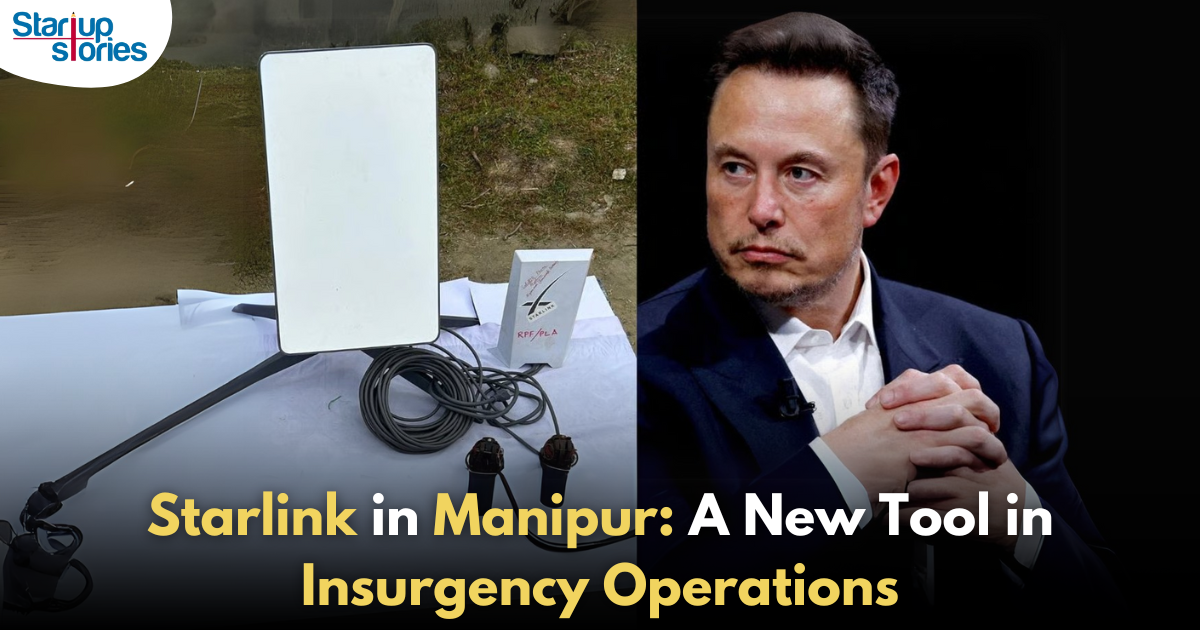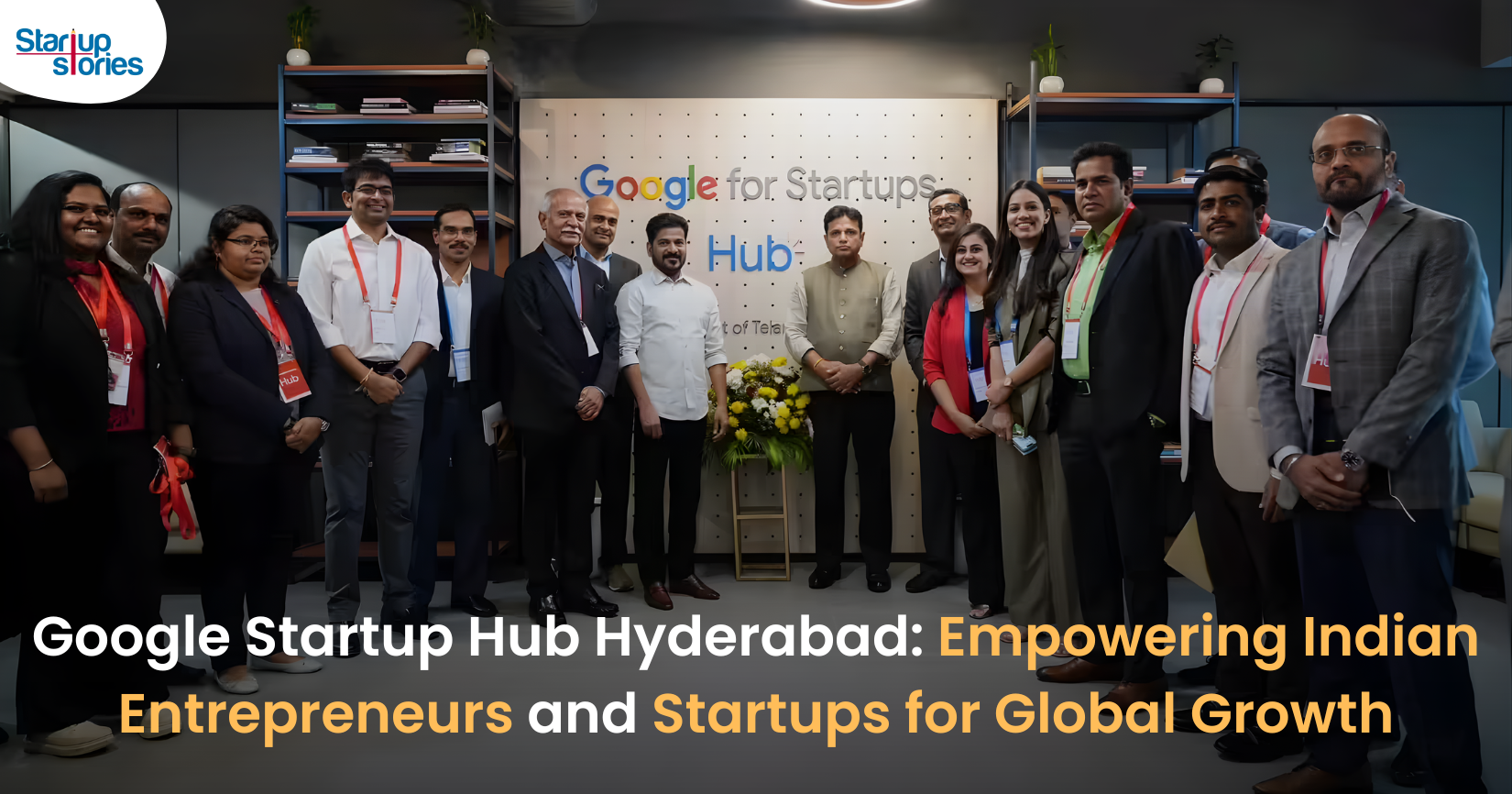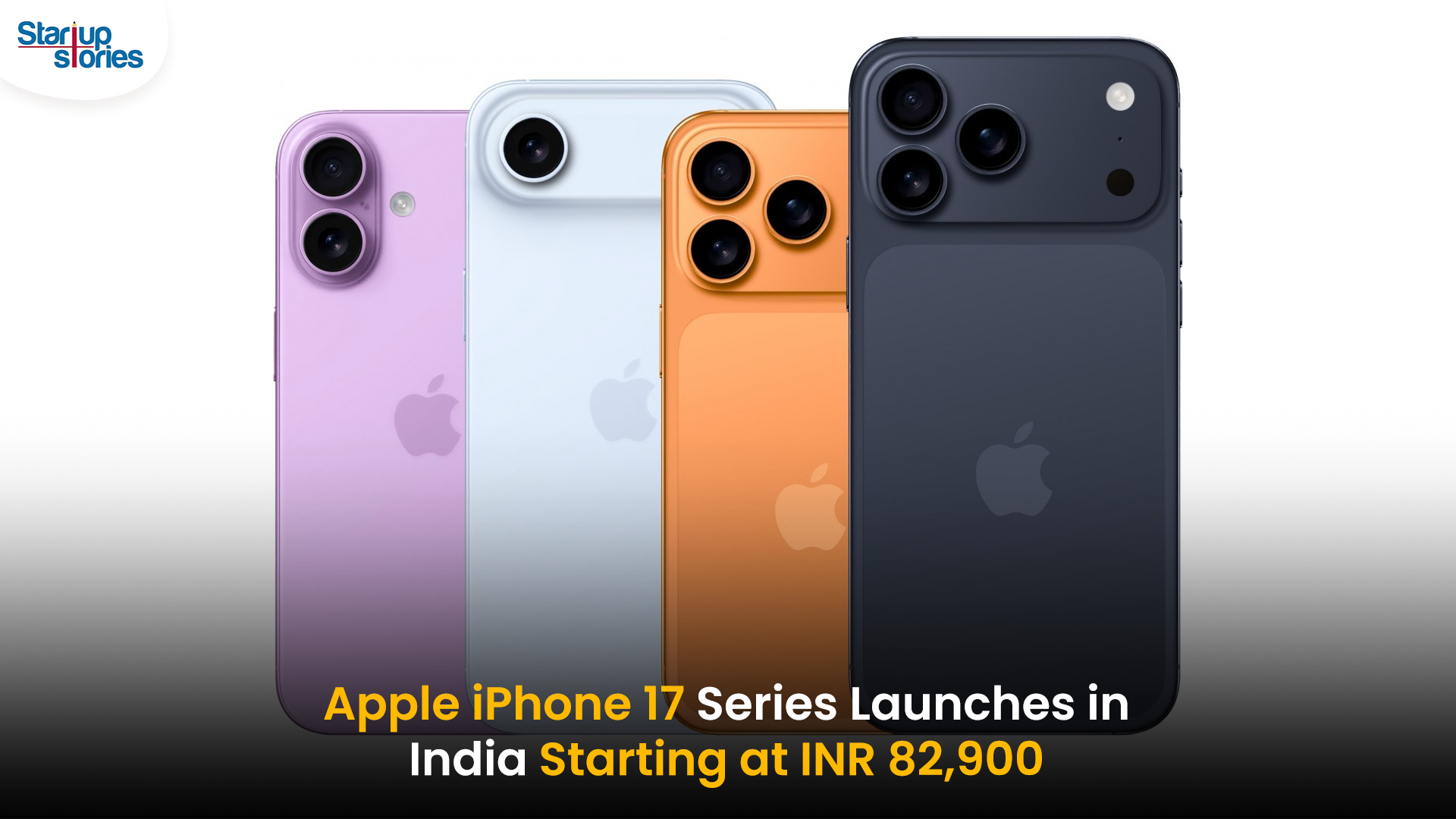News
Starlink’s Shadow Over Manipur: A New Frontier in Insurgency

A recent discovery of a Starlink device in the hands of insurgents in Manipur has raised serious concerns about the evolving tactics of militant groups in India. The device, a high-speed satellite internet terminal, was recovered alongside a cache of weapons during a security operation in the state. This development has significant implications for national security, as it demonstrates how insurgents are exploiting advanced technology to enhance their capabilities.
Starlink’s Potential for Misuse
The implications of using Starlink technology by insurgent groups are alarming:
- Enhanced Communication: Starlink offers high-speed, low-latency internet access, enabling insurgents to communicate securely and efficiently across vast distances. This capability is crucial for coordinating operations and maintaining contact with other groups.
- Real-time Intelligence: The technology could be used to gather and share real-time intelligence on security forces’ movements and operations. This information could provide insurgents with tactical advantages during confrontations.
- Global Connectivity: Insurgents could potentially connect with international networks, seeking support, funding, and training from external sources. This global reach could embolden local groups and complicate counterinsurgency efforts.
- Cyber Threats: The device could be utilized to launch cyberattacks against critical infrastructure or government systems, posing an additional layer of risk to national security.
Security Challenges and Countermeasures
The emergence of such technology in the hands of insurgents presents several challenges for Indian security agencies:
- Monitoring and Tracking: Security agencies must develop advanced surveillance and tracking techniques to monitor the use of satellite internet by insurgent groups. This includes employing technology that can detect unauthorized satellite communications.
- International Cooperation: Collaboration with other countries is essential to share intelligence and coordinate efforts to counter the misuse of satellite technology. Engaging with international partners can help in tracking the flow of such technologies into conflict zones.
- Cyber Defense: Strengthening cyber defenses is crucial to protect critical infrastructure and prevent cyberattacks. This includes investing in cybersecurity measures that can detect and mitigate threats posed by insurgent groups utilizing advanced technologies.
- Regulatory Framework: India needs to establish a robust regulatory framework for satellite internet services to ensure responsible use and prevent misuse. Clear guidelines regarding the deployment and operation of such technologies can help mitigate risks.
Recent Developments
On December 13, 2024, a joint team of security forces recovered a Starlink dish and router along with an MA4 assault rifle, grenades, and ammunition during a raid in Keirao Khunou, Imphal East district. The police identified the seized items as “internet satellite antenna and internet satellite router.” This incident highlights the ongoing security challenges faced by Indian authorities in regions affected by insurgency.
Despite Elon Musk’s assertions that Starlink does not operate in India—stating that “Starlink satellite beams are turned off over India”—the discovery raises questions about how such devices were acquired by insurgent groups. The Revolutionary People’s Front (RPF), linked to the Meitei insurgent group People’s Liberation Army (PLA), has been known to operate near the India-Myanmar border, where access to such technologies may be less regulated.
Conclusion
The incident underscores the need for a proactive approach to addressing the challenges posed by emerging technologies in the context of counterinsurgency operations. By understanding the potential threats associated with advanced communication tools like Starlink and developing effective countermeasures, India can safeguard its national security while maintaining peace and stability in regions affected by insurgency. As the landscape of conflict evolves with technological advancements, continuous adaptation will be essential for security agencies tasked with maintaining order in these volatile areas.
News
Google Launches Startup Hub in Hyderabad to Boost India’s Innovation Ecosystem

Google has launched the Google Startup Hub Hyderabad, a major step in strengthening India’s dynamic startup ecosystem. This new initiative aims to empower entrepreneurs, innovators, and developers by giving them access to Google’s global expertise, mentoring programs, and advanced cloud technology. The hub reflects Google’s mission to fuel India’s digital transformation and promote innovation through the Google for Startups program.
Located in the heart of one of India’s top tech cities, the Google Startup Hub in Hyderabad will host mentorship sessions, training workshops, and networking events designed for early-stage startups. Founders will receive Google Cloud credits, expert guidance in AI, product development, and business scaling, and opportunities to collaborate with Google’s global mentors and investors. This ecosystem aims to help Indian startups grow faster and compete globally.
With Hyderabad already home to tech giants like Google, Microsoft, and Amazon, the launch of the Google Startup Hub Hyderabad further cements the city’s position as a leading innovation and technology hub in India. Backed by a strong talent pool and robust infrastructure, this hub is set to become a growth engine for next-generation startups, driving innovation from India to global markets.
News
BMW’s New Logo Debuts Subtly on the All-Electric iX3: A Modern Evolution

BMW quietly debuted its new logo on the all-electric iX3, marking a significant yet understated shift in the brand’s design direction for 2025. The updated emblem retains the classic roundel and Bavarian blue-and-white colors, but sharp-eyed enthusiasts noticed subtle refinements: the inner chrome ring has been removed, dividing lines between blue and white are gone, and the logo now features a contemporary satin matte black background with slimmer “BMW” lettering. These enhancements showcase BMW’s embrace of modern minimalism while reinforcing their commitment to premium aesthetics and the innovative Neue Klasse philosophy for future electric vehicles.
Unlike rival automakers that reveal dramatic logo changes, BMW’s refresh is evolutionary and respectful of tradition. The new badge ditches decorative chrome and blue borders associated with earlier electric models, resulting in a flatter, more digital-friendly design that mirrors recent branding seen in BMW’s digital communications. Appearing first on the iX3’s nose, steering wheel, and hub caps, this updated identity will gradually be adopted across all BMW models—both electric and combustion—signaling a unified brand language for years to come.
BMW’s strategic logo update represents more than just aesthetic reinvention—it underscores the brand’s dedication to future-ready mobility, design continuity, and a premium EV experience. As the new roundel begins rolling out on upcoming BMW vehicles, it stands as a testament to the automaker’s depth of detail and thoughtful evolution, offering subtle distinction for keen observers and affirming BMW’s iconic status in the ever-changing automotive landscape.
News
iPhone 17 India Price, Features & Availability: All You Need to Know

Apple has officially launched the highly anticipated iPhone 17 series in India, with prices starting at INR 82,900 for the base 256GB model. The new lineup includes the iPhone 17, iPhone 17 Pro, iPhone 17 Pro Max, and the newly introduced ultra-slim iPhone Air. Apple has removed the 128GB storage variant, making 256GB the minimum for all models. The standard iPhone 17 features a vibrant 6.3-inch ProMotion OLED display with a 120Hz refresh rate and an upgraded Ceramic Shield 2 for improved durability. It comes in fresh color options like lavender, mist blue, sage, white, and black.
The iPhone 17 Pro and Pro Max models are powered by Apple’s latest A19 Pro chip and start at INR 1,34,900 and INR 1,49,900, respectively. These Pro models feature sleek titanium frames, significant camera upgrades including 8K video recording, and up to 6x optical zoom in the Pro Max. Meanwhile, the iPhone Air, priced from INR 1,19,900, is the slimmest and lightest iPhone ever, boasting a 6.7-inch Super Retina XDR display with ProMotion technology and a triple-camera setup, positioning itself between the standard and Pro models.
Pre-orders for the iPhone 17 series commence on September 12, with sales beginning on September 19, 2025. Alongside the launch, Apple has reduced prices for the previous iPhone 16 models while discontinuing the iPhone 16 Pro and Pro Max variants. The iPhone 17 series exemplifies Apple’s ongoing commitment to enhancing display technology, camera capabilities, and overall performance, setting a new benchmark for premium smartphones in the Indian market.












open a binance account
February 21, 2025 at 4:19 am
Thank you for your sharing. I am worried that I lack creative ideas. It is your article that makes me full of hope. Thank you. But, I have a question, can you help me?
drover sointeru
April 8, 2025 at 1:26 pm
Some genuinely good info , Gladiola I found this. “The past is a guide post, not a hitching post.” by L. Thomas Holdcroft.
Vmltwrat
May 24, 2025 at 10:56 am
Explore the ranked best online casinos of 2025. Compare bonuses, game selections, and trustworthiness of top platforms for secure and rewarding gameplaycrypto casino.
wtaycoukz
July 18, 2025 at 11:57 pm
O Big Bass Secrets of the Golden Lake tem uma estrutura de tambores 3×5. No total, existem 10 linhas de pagamento. Entre em uma aventura aquática com Big Bass Secrets of the Golden Lake™. Tal como no Big Bass Halloween 2, o Big Bass Christmas Bash tem uma volatilidade muito alta. É uma característica comum aos Big Bass com temáticas festivas. Big Bass Secrets of the Golden Lake traz três grandes recursos, o das Rodadas Grátis normais e as Rodadas Grátis Golden Lake e os Respins de Scatters. Descubra abaixo como ativar esses bônus e como eles funcionam. Big Bass Secrets of the Golden Lake por Reel Kingdom A versão demo gratuita do Big Bass Bonanza está disponível aqui em BETO. Pode jogar gratuitamente para compreender melhor o jogo e lembre-se de jogar sempre com responsabilidade.
https://aiconomi.ai/review-do-jogo-thimbles-da-evoplay-diversao-e-emocao-para-jogadores-brasileiros/
Além de poder pagar até 5.000 vezes a aposta por rodada, Big Bass Splash encanta pelo potencial de gerar até 20 rodadas grátis, sendo os giros gratuitos uma porta de entrada para a chance de conquistar altos prêmios com modificadores e multiplicadores de aposta! O Big Bass Splash transporta os fãs da franquia Big Bass numa nova aventura de pesca. Entre os símbolos, os jogadores encontrarão o icónico Big Bass ilustrado a verde com um pôr do sol ao fundo. Uma variedade de outros peixes, bem como muitos equipamentos de pesca também aparecem. Não é atoa que a série Big Bass se tornou um verdadeiro estandarte da cultura iGaming. Big Bass Bonanza, o jogo originário da série, é um jogo do pescador com bons gráficos, rodadas grátis empolgantes com a funcionalidade de multiplicadores e de jogabilidade simples.
www.binance.com-
August 12, 2025 at 10:32 am
I don’t think the title of your article matches the content lol. Just kidding, mainly because I had some doubts after reading the article.
conta binance gratuita
September 22, 2025 at 10:02 am
I don’t think the title of your article matches the content lol. Just kidding, mainly because I had some doubts after reading the article.
iwin
November 5, 2025 at 9:27 pm
iwin – nền tảng game bài đổi thưởng uy tín, nơi bạn có thể thử vận may và tận hưởng nhiều tựa game hấp
谷歌蜘蛛池
November 9, 2025 at 12:31 pm
利用强大的谷歌蜘蛛池技术,大幅提升网站收录效率与页面抓取频率。谷歌蜘蛛池
J88
November 9, 2025 at 12:53 pm
Đến với J88, bạn sẽ được trải nghiệm dịch vụ cá cược chuyên nghiệp cùng hàng ngàn sự kiện khuyến mãi độc quyền.
MM88
November 11, 2025 at 10:19 pm
Với giao diện mượt mà và ưu đãi hấp dẫn, MM88 là lựa chọn lý tưởng cho các tín đồ giải trí trực tuyến.
ios超级签
November 14, 2025 at 2:34 pm
苹果签名,苹果超级签平台,ios超级签平台ios超级签苹果企业签,苹果超级签,稳定超级签名
MM88
November 20, 2025 at 5:27 pm
Khám phá thế giới giải trí trực tuyến đỉnh cao tại MM88, nơi mang đến những trải nghiệm cá cược thể thao và casino sống động.
Kuwin
November 23, 2025 at 6:44 pm
kuwin sở hữu kho game đa dạng từ slot đến trò chơi bài đổi thưởng, mang đến cho bạn những giây phút giải trí tuyệt vời.
1win
December 12, 2025 at 9:05 am
https://t.me/be_1win/422
binance registrirajte se
December 13, 2025 at 4:00 am
Your point of view caught my eye and was very interesting. Thanks. I have a question for you. https://accounts.binance.com/fr-AF/register-person?ref=JHQQKNKN
AtomCasino
December 13, 2025 at 3:41 pm
https://t.me/s/atom_official_casino
kazino_s_minimalnym_depozitom
December 19, 2025 at 5:27 pm
https://t.me/s/Kazino_s_minimalnym_depozitom
cashback casino deutschland
December 20, 2025 at 6:08 am
Wenn Sie von unterwegs i im Casino spielen möchten, benötigen Sie nur ein Smartphone und eine
stabile Internetverbindung. Alternativ können Sie auch
die Suchleiste nutzen, wenn Sie schon wissen, was Sie spielen möchten.
Wie es sich für ein Casino gehört, können Sie auch
Tischspiele spielen, was i gut finde. Beim Wochenend-Reload kommen zu den 50 Freispielen auch noch 50 %
bis 700 € dazu. Einen reinen Freispielbonus bietet
der wöchentliche Reload. Nachdem Sie durch das Willkommenspaket bereits Freispiele erhalten haben, gibt es auch im weiteren Verlauf Bonusangebote
in diesem Casino, i die Freespins beinhalten.
Unter der Woche können Sie sich für Ihre erste Einzahlung 50 Freispiele sichern, was i für ein gutes Verhältnis von Bonus zu Einzahlung spricht.
Außerhalb dieser regelmäßigen Boni gibt es derzeit allerdings keine Bonuscodes, welche Freispiele bringen können. Die Freispiele müssen 40-fach umgesetzt werden. “Poseidon’s Rising” ist ein Slotspiel von “Spinomenal”.
Poseidon’s Rising Demo gratis online ohne Anmeldung.
“Poseidon (TaDa Gaming)” ist ein Slotspiel von “TaDa Gaming”.
References:
https://online-spielhallen.de/amunra-casino-aktionscode-dein-weg-zu-exklusiven-vorteilen/